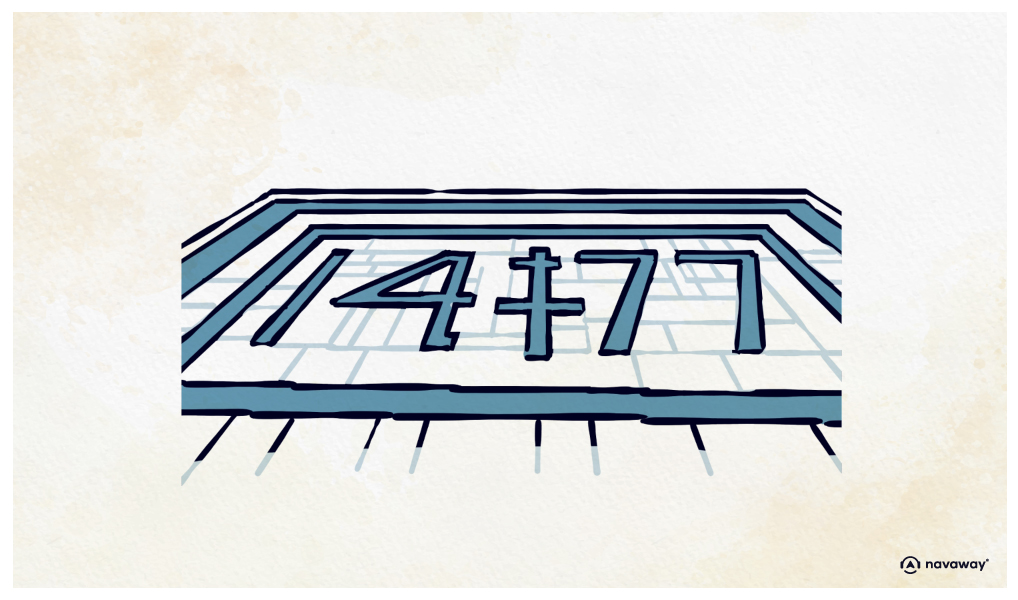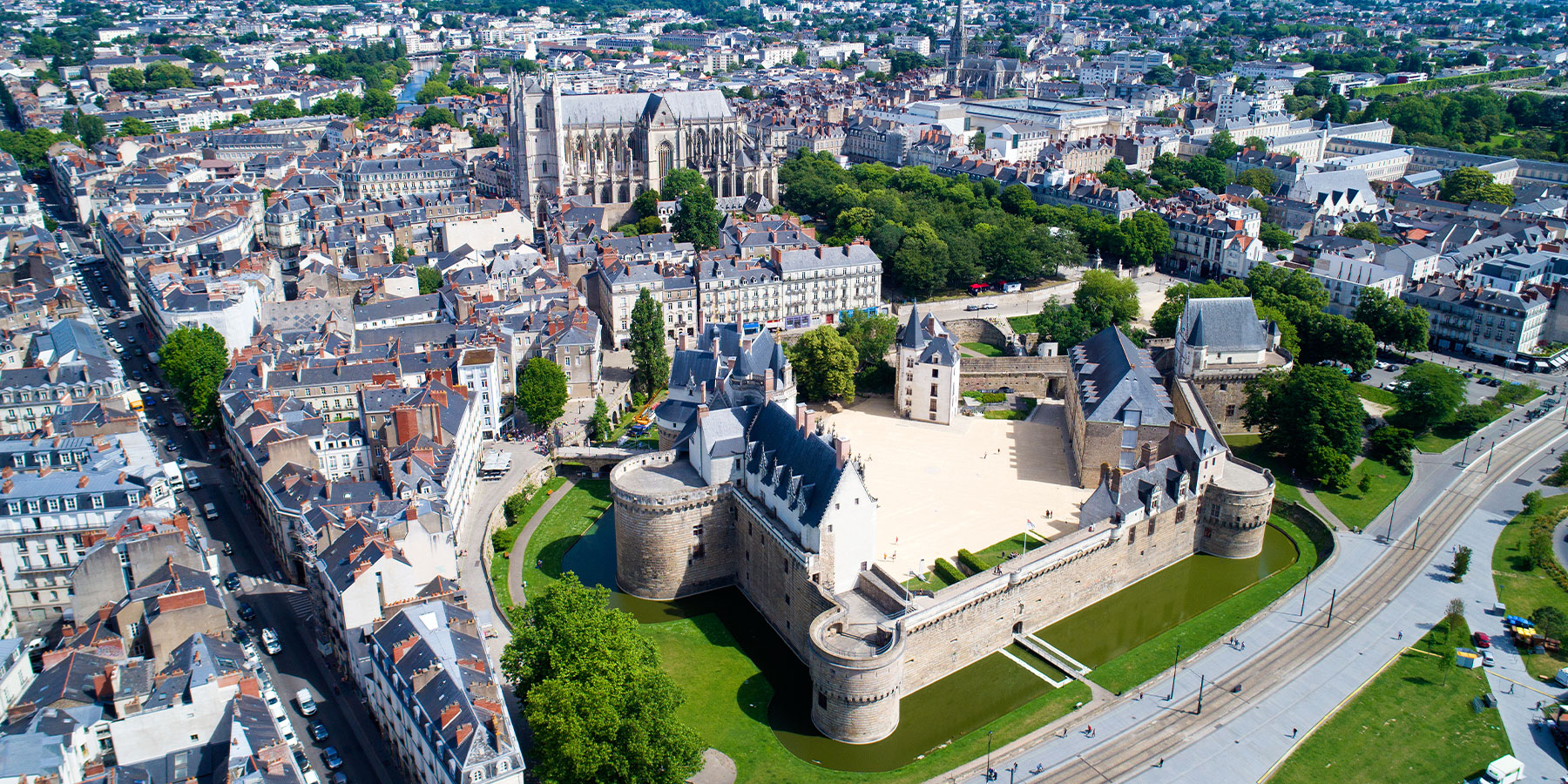
The “1477” Inscription

This point of interest is available as audio on the tour: Visit Nancy, At the Gates of the Ducal City
Every day, hundreds of people walk right over it without even noticing it’s there. This is the eternal fate of the inscription marked “1477,” located at 30 Grande Rue in Nancy. Though at first glance this simple black-and-white paving might seem ordinary, it commemorates a decisive moment in the city’s history—the Battle of Nancy, famously depicted by Eugène Delacroix in 1831. It all began when René II inherited the Duchy of Lorraine on August 2, 1473. Charles of Burgundy—known as Charles the Bold—coveted Lorraine and refused to recognize René II as duke, intending instead to annex it into his own territory. Negotiations ultimately failed, revealing Charles’ true ambitions: total control over Lorraine. Sensing imminent danger, René II quickly forged alliances, notably with Louis XI of France and Edward IV of England, who had previously supported Charles. Hostilities erupted in 1475, marking the start of a difficult occupation. But 1477 would bring revenge for the people of Lorraine. René II, commanding 20,000 men against Charles the Bold’s army of half that number, executed a brilliant strategy and decisively defeated his adversary on January 5. Two days later, the defeated opponant body was discovered, according to some sources, at what is now Place de la Croix de Bourgogne and brought to 30 Grande Rue—the exact spot marked by this inscription, featuring the year “1477” and a Cross of Lorraine, symbolizing resistance. According to legend, Charles the Bold’s body was found barely recognizable: stripped naked, his skull split down to his teeth, and partially devoured by wolves. He was later laid to rest in the Church of the Cordeliers in Nancy, before being transferred to the Collegiate Church of Our Lady in Bruges, Belgium, where his daughter, Mary of Burgundy, lived.


Discover Nancy with app
An interactive guide through the most beautiful streets, squares, and districts
27 fun audioguides full of historical facts, anecdotes, and legends





Comments